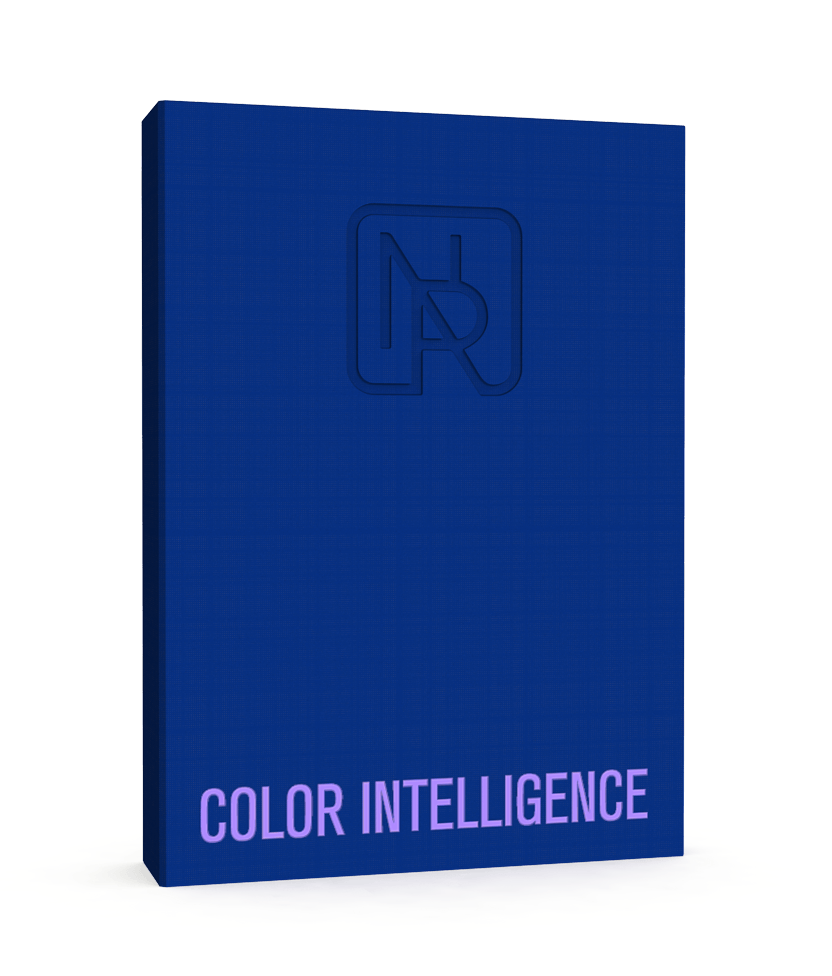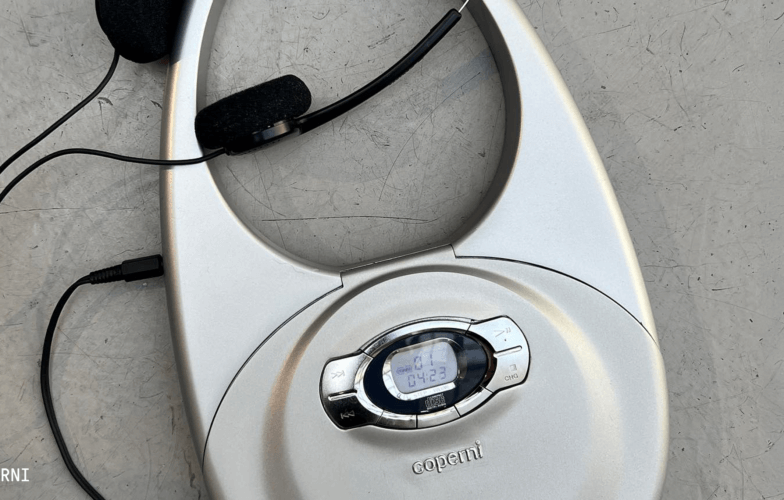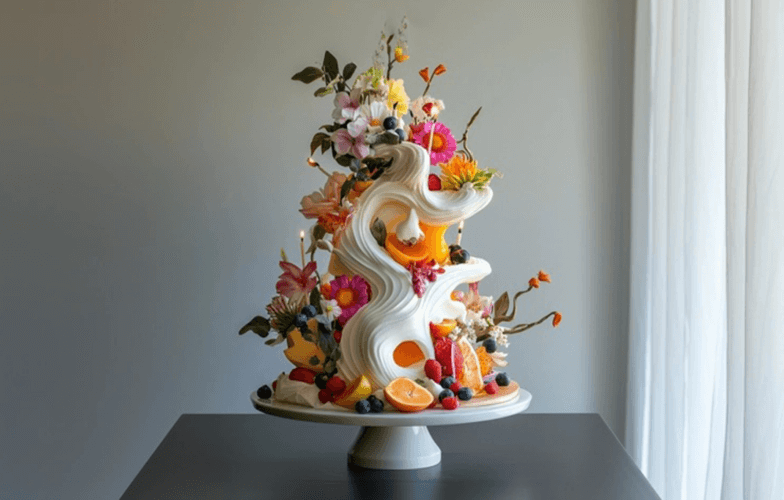
A conversation with Quentin Pigeat, contributor to the Color Intelligence FW 25/26 trendbook
InterviewsArchitect-turned-woodworker Quentin Pigeat is inspired by woodworking traditions. His original designs take into account the materials and their characteristics and imperfections, uniting them in the simplest of expressions. He’s one of the four talents presented in our brand new trendbook Color Intelligence Fall-Winter 25/26.
1. Would you please briefly introduce yourself?
I was formally trained in architecture and worked as an architect. Then in a second phase I studied woodworking. I like to draw, find an idea, discover the constraints, push the project forward and finally test it. It was in this spirit that I founded L’Établissement a year ago.
2. You set up L’Établissement, a workshop for artisanal design and production. Would you explain what it is and how you made it happen?
L’Établissement is a space for creativity in the broadest sense, it’s where we make objects, furniture and spaces. After ten years working as an architect and project manager for large-scale projects, I wanted new challenges. That came through in a desire to change scale, to move from the building in its environment to the object. I also wanted to re-enchant the creative process and to simplify it. At L’Établissement I design and experiment in a constant back-and-forth process. This exchange between the mind, hand and materials is a new source of energy and enjoyment.
Voir cette publication sur Instagram
3. You contributed to Color Intelligence Fall-Winter 25/26, our latest trendbook. Would you tell us how that happened?
I met Cécile Rosenstrauch at the Espace Commines during the last Paris Design Week, and she felt a connection with my work. We got along immediately, so when she invited me to participate in the Color trendbook, I said yes without hesitation. After that, everything happened very naturally working with her teams.
4. The watchword for the FW 25/26 season is “rebalance,” what does that mean to you?
It means it’s time to re-evaluate, to question what makes us balanced and what threatens that.
Voir cette publication sur Instagram
5. Your wonderful stool Tabouret No. 1 is in the trendbook’s Holism theme as an example of the Excellent Sobriety concept, presented as follows: “Aspiring to a visually soothing environment, highly developed manufacturing processes return to the essence of making, full of meaning and excellence … and shift the spotlight back to those “invisible” professions whose savoir-faire is so fundamental.”
“A return to the essence, full of meaning and excellence” – why do you think that’s a future trend?
In a period when our lifestyles are challenged, those words, which both question and soothe, come at just the right time. They sketch the outlines of a refuge during a confused era.
Voir cette publication sur Instagram
6. 2026 seems far off, but professionals in the home sector are already working on it. How about you, how do you see 2026?
I think 2026 will be a year when we rebuild our environments with the elements that have meaning for us and that will stay with us. For example, objects that through shape, material or detail convey the attention the designer or maker gave to their work.




